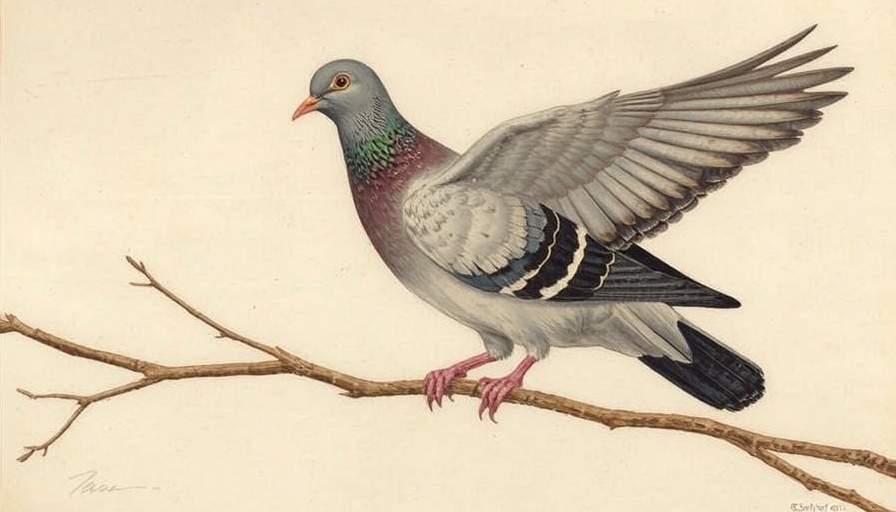
Exploring the Impact of Woodpeckers’ Pecking Habit
Woodpeckers are remarkable birds known for their unique behavior of drumming against trees at astonishing speeds. But have you ever wondered about the consequences of this relentless activity on their brains? Recent studies provide intriguing insights into the potential risks these birds face.
What Science Reveals About Woodpecker Brain Damage
Utilizing high-speed cameras, researchers have uncovered surprising findings: woodpeckers do not possess any protective mechanisms to cushion their craniums during their combative pecking. The common assumption was that their spongy skulls or the unique architecture of their tongues might soften the blows. However, if their cranial structure truly absorbed impacts, it would hinder their exceptional pecking abilities. As a result, these birds may be susceptible to cumulative brain injury over time.
Could There Be a Silver Lining?
While the revelation that woodpeckers may indeed suffer cellular damage is concerning, it is essential to recognize the adaptive strategies these birds potentially have in place. Research suggests that their smaller brain size and positioning inside the skull might reduce the stress experienced during repeated impacts, thus mitigating severe effects. Future studies aim to determine whether these birds possess the ability to heal or compensate for any brain damage as they age.
The Broader Implications for Avian Neurology
Understanding the brain injuries that woodpeckers may endure opens a fascinating discussion on avian neurology more broadly. It raises questions about how other bird species might develop similar adaptations or face cognitive challenges as a result of their behavior. As we delve deeper into the field of ornithology, discoveries like these highlight the intricate relationships between species behavior and neurological health.
As important members of our ecosystem, the health and survival of woodpeckers and other birds can impact biodiversity significantly. Monitoring their health not just reflects on their species but serves as a crucial indicator of environmental health.
 Add Row
Add Row  Add
Add 




Write A Comment